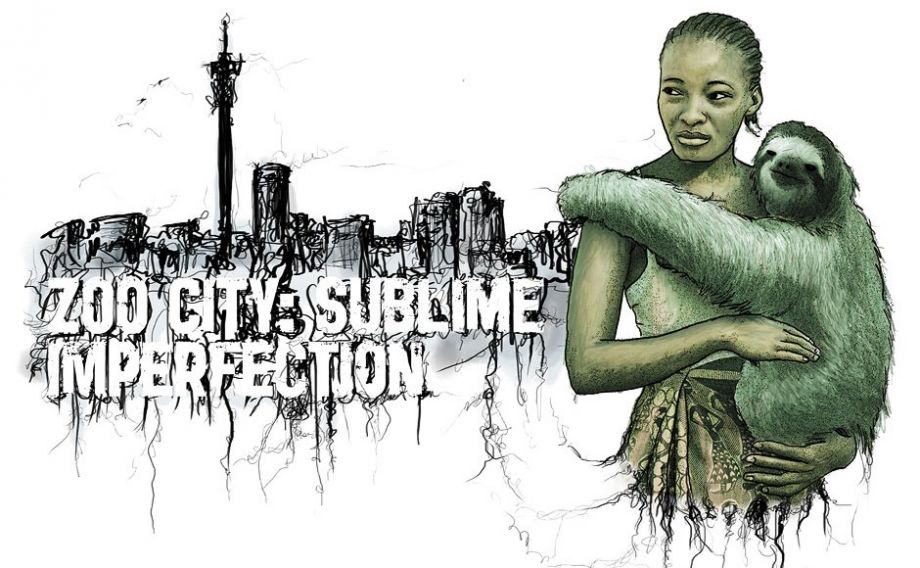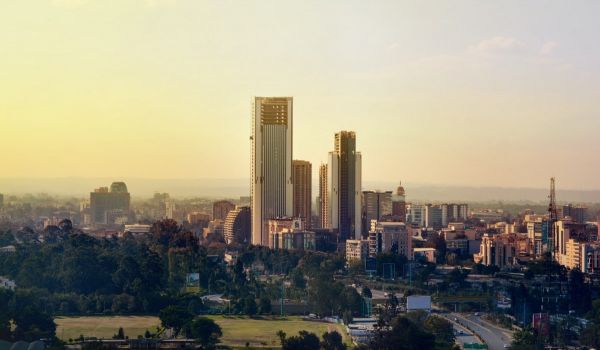When Stephen King was named the winner of the National Book Foundation’s lifetime achievement medal in 2003, it sparked a backlash among those uncomfortable with putting him in the same company as previous winners, like Toni Morrison and Arthur Miller. Norman Mailer told the New York Times that King “is a man who writes what used to be called penny dreadfuls. That they could believe there is any literary value there … is simply a testimony to their own idiocy.”
When King accepted the honor, he gave an epic and generous speech that challenged those who pride themselves for not reading authors who are popular. “What do you think?” King asked. “You get social or academic brownie points for deliberately staying out of touch with your own culture?”
King called for a more inclusive literary culture. For urbanists, that means looking beyond just the university presses for terrific books about cities. As Scottish novelist Alasdair Gray wrote in Lanark, his Glasgow-set fantasy, “If a city has not been used by an artist, not even the inhabitants live there imaginatively.”
In that spirit, here are six richly imagined genre novels, each capturing the propulsive spirit of the metropolis.
And if this isn’t enough to satiate your summer reading, check out my picks for the best urbanist fiction, young adult reads, children’s books, coffee table tomes and nonfiction must-reads for lovers of cities.
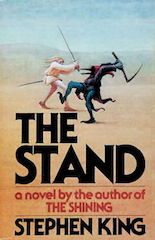
After a super-flu kills about 99 percent of the population, the survivors look for a new leader, and a new home. They crawl through urban infrastructure that has been stilled by the plague — including, memorably, a pitch-black Lincoln Tunnel, where a traffic jam is frozen in time. Some are drawn to Mother Abagail, a 108-year-old woman who leads followers to a new community in Boulder, Colorado. But others go to Las Vegas to follow Randall Flagg, a mysterious “Dark Man” who embodies evil. King deftly crosses diverse urban landscapes, revealing their shape and character through the potency of absence. And he vividly shows the peculiar mood of cities built by people who aren’t yet sure what they’re building for.
Zoo City by Lauren Beukes
This winner of the 2011 Arthur C. Clarke Award is an urban fantasy novel set in an alternate Johannesburg, where people who have committed a crime carry an animal on their bodies. Zinzi, the protagonist, is an ex-journalist who has a sloth attached to her for causing her brother to be killed; her boyfriend has a mongoose. A former drug addict, Zinzi’s working to repay her heavy debts by writing 419 scam emails and capitalizing on her unusual ability to find lost objects — and lost people. By wrestling with the externalization of guilt, and the ghettoization of people who have been “animalled,” Beukes evokes the legacy of apartheid. Is it possible to not be crushed by carrying the weight of our past with us at all times? Can we create a political system where atoning for guilt doesn’t create a sub-class of scapegoats? It’s useful reflection for any urbanist. See also other Beukes books with rich city settings: Moxyland (Cape Town), The Shining Girls (set in Chicago) and Broken Monsters (Detroit).
Devil in a Blue Dress by Walter Mosley
Mosley’s first novel is a mystery set in Watts in 1948, where an out-of-work veteran named “Easy” Rawlins gets hired to find a missing young white woman. Daphne Monet — but is that her real name? — has been known to frequent jazz clubs with a mostly African-American clientele. Like many of his friends, Rawlins migrated to Los Angeles from the South. “California was like heaven for the Southern Negro” — mostly. This was a different kind of L.A. “There was still a large stretch of farmland between Los Angeles and Santa Monica in those days,” Mosley writes. “The Japanese farmers grew artichokes, lettuce and strawberries along the sides of the road. That night the fields were dark under the slight moon and the air was chill but not cold.” But as Rawlins chases after Monet, he falls deeper into the underworld of speakeasies and mean streets. And the cloud of post-war racial tension upends the usual formula of a private-eye narrative, as Mosley depicts how even those who left their homes behind aren’t quite able to shake off their pasts.
Red Mars by Kim Stanley Robinson
Set in the near future, Robinson’s 1993 classic follows the first hundred people to create a human colony — that is, a city — on Mars. The adaptations they make, from a new clock with a “timeslip” to terraforming Mars so that its landscape is more habitable are increasingly controversial. The First Hundred are followed by tens of thousands of more people, bringing with them opposing ideas of what kind of cities and countries they want. Robinson’s sweeping narrative draws from the hard nails of physics and geology to the politics of community building, leadership, immigration, corporate interests, hero making and social activism. It’s all stitched together with suspense — the book opens with a murder — and on several points, he’s damn near prescient. (He predicts the existence of YouTube, among other things.) The core questions at the heart of Red Mars — and the two essential follow-ups in this trilogy, Green Mars and Blue Mars — are these: How do you get a vast group of people to buy into a process, a “means,” and not just an “end”? How do you create a new kind of community when the passion and furor of our pained histories are dragging at our feet?
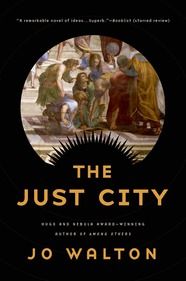
In this genre mashup of philosophy, mythology and science fiction, Just City is an intentional community devised by a goddess and peopled with more than 10,000 children and a few hundred adults who are pulled from every historical era. Founder Athene was inspired by Plato’s Republic to see what would happen if people as diverse as Egyptian slave children, Victorian women and even far-future robots were given an opportunity to live together and create the kind of society where they can be their “best selves.” But can a Platonic thought experiment become a lived reality? By the time the great philosopher-inquisitor Sokrates appears, however, Just City is all too vulnerable to his difficult questions.
The War of the Worlds by H.G. Wells
Call it the urtext of modern science fiction. Before the infamous radio drama, and after it was serially published in the U.S. by Cosmopolitan magazine, there was this 1898 novel. Wells’ classic is a first-person account of a Martian invasion of England — the heart of an imperialist empire itself colonized by foreign forces. The action is in Woking, just outside London, and one of many Surrey railway suburbs. The invasion gathers momentum with the help of urban information systems (which are, naturally, not always error-free): telegrams, newspapers, radio dispatches, stock market reports. Comfortable domestic life, from the golf courses to the milkman’s cart, are juxtaposed against the riotous horror of invasion — which Wells explicitly compares to the “war of extermination waged by European immigrants” against the Tasmanians in the 19th century. In the face of emergency, Wells questions the habits of civilization, from religion to social class to chivalry, and examines what remains when conventions are incinerated, as it were, by a Heat-Ray.
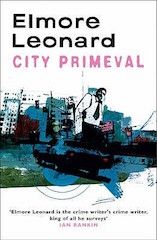
Leonard blends his specialties — Westerns and crime novels — into one classic book from 1980. The villain is Clement Mansell, known as the “Oklahoma Wildman” who has a propensity for getting away with murder. The hero is the recently divorced homicide detective Raymond Cruz, who has had it with the madman’s slippery ways. On the way to their inevitable showdown, Leonard takes us through metro Detroit, from the Hazel Park horse racetrack to the 1300 Lafayette building to the then-new Renaissance Center. Along the way, he captures the eclectic voices and the moral ambiguity at the heart of the city. Being a victim, it turns out, doesn’t necessarily make you innocent. Side note: In 2012, nearly 10 years after King won the National Book Foundation medal, Leonard became the second genre writer to take the honor.

Anna Clark is a journalist in Detroit. Her writing has appeared in Elle Magazine, the New York Times, Politico, the Columbia Journalism Review, Next City and other publications. Anna edited A Detroit Anthology, a Michigan Notable Book. She has been a Fulbright fellow in Nairobi, Kenya and a Knight-Wallace journalism fellow at the University of Michigan. She is also the author of THE POISONED CITY: Flint’s Water and the American Urban Tragedy, published by Metropolitan Books in 2018.
Follow Anna .(JavaScript must be enabled to view this email address)

